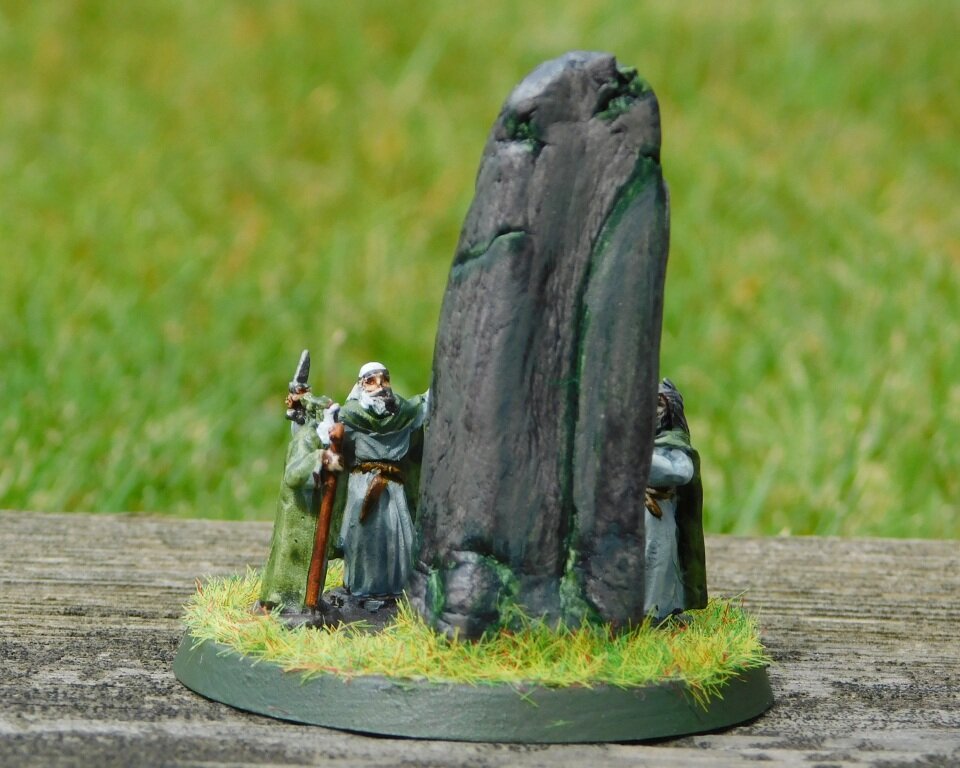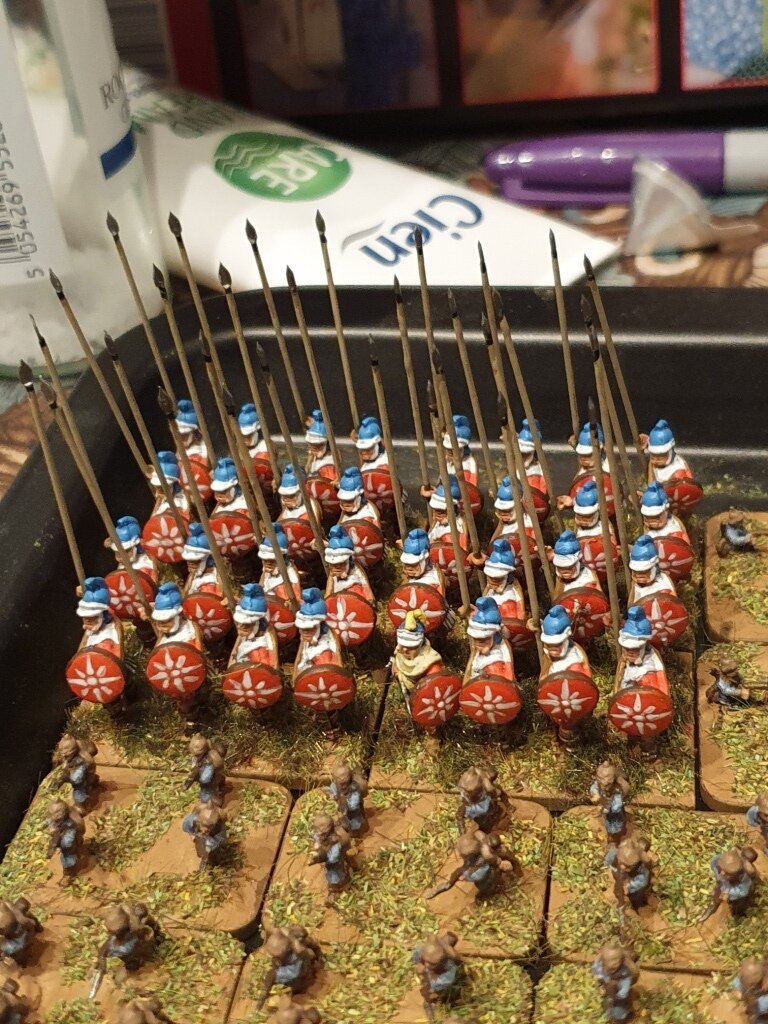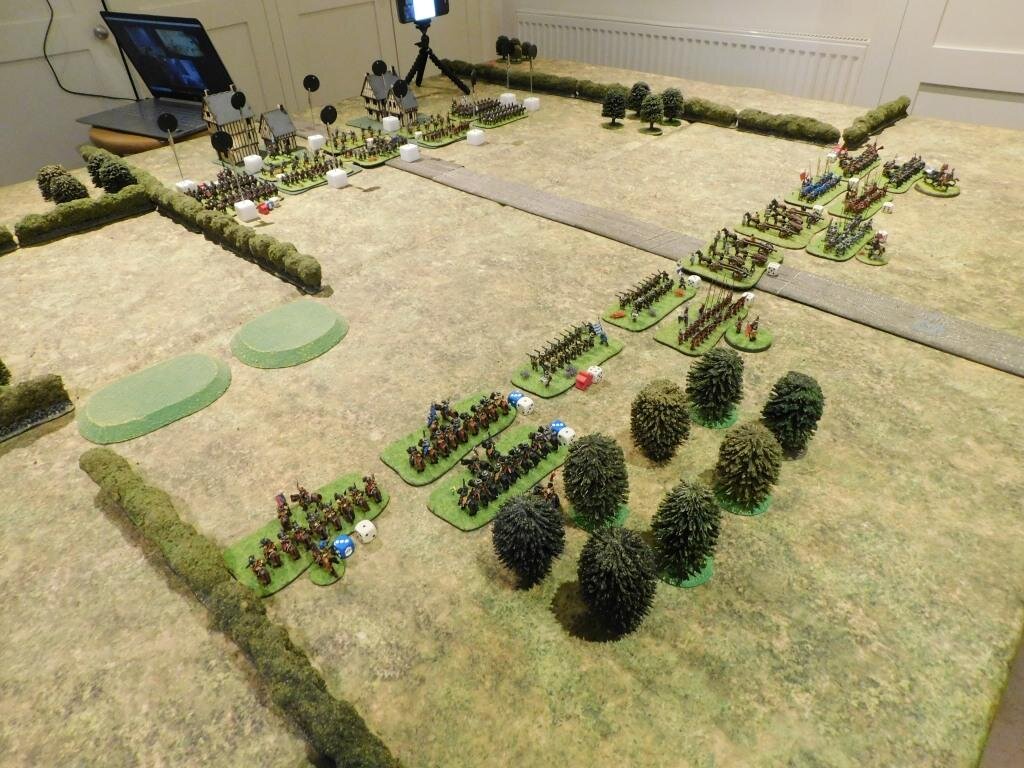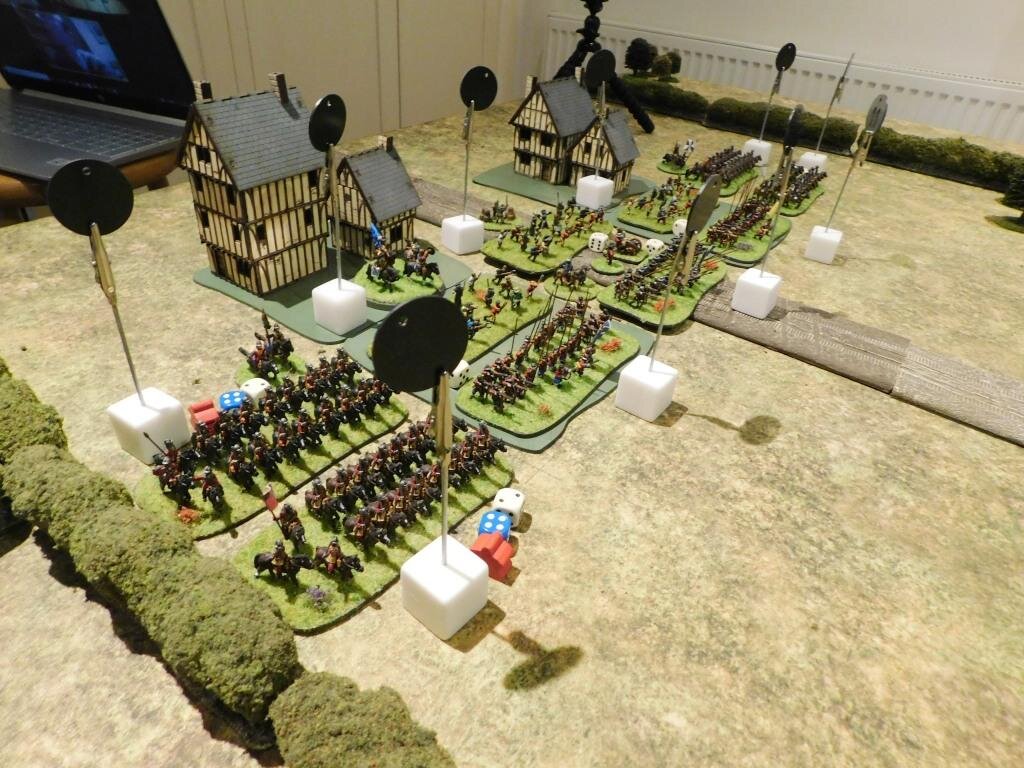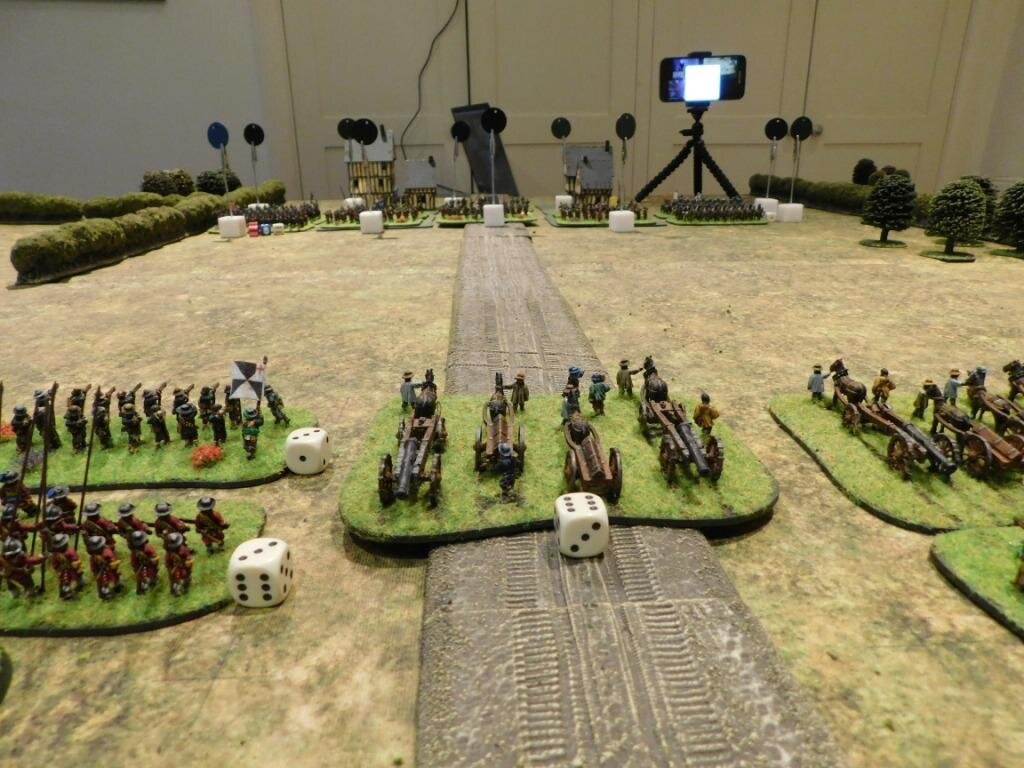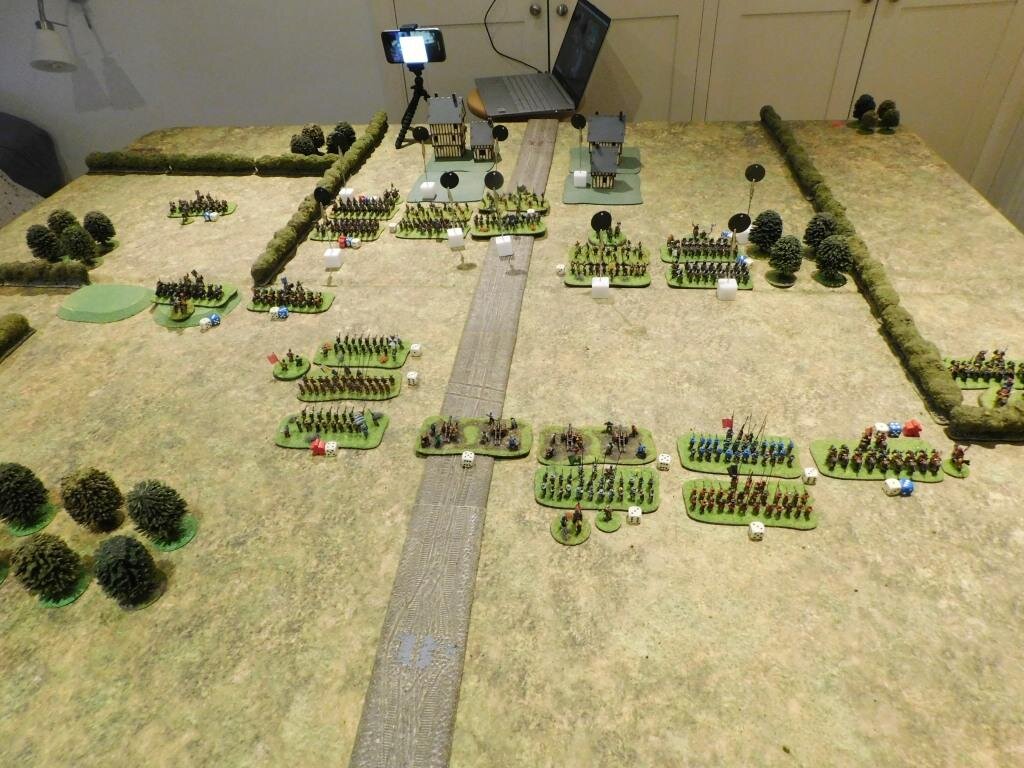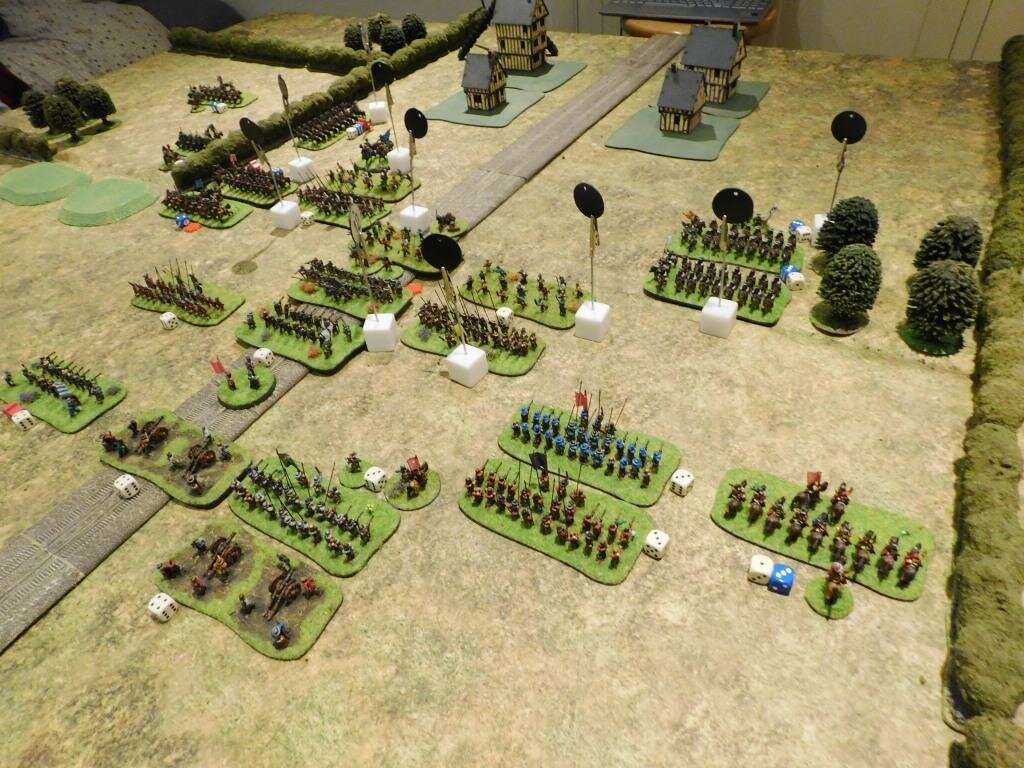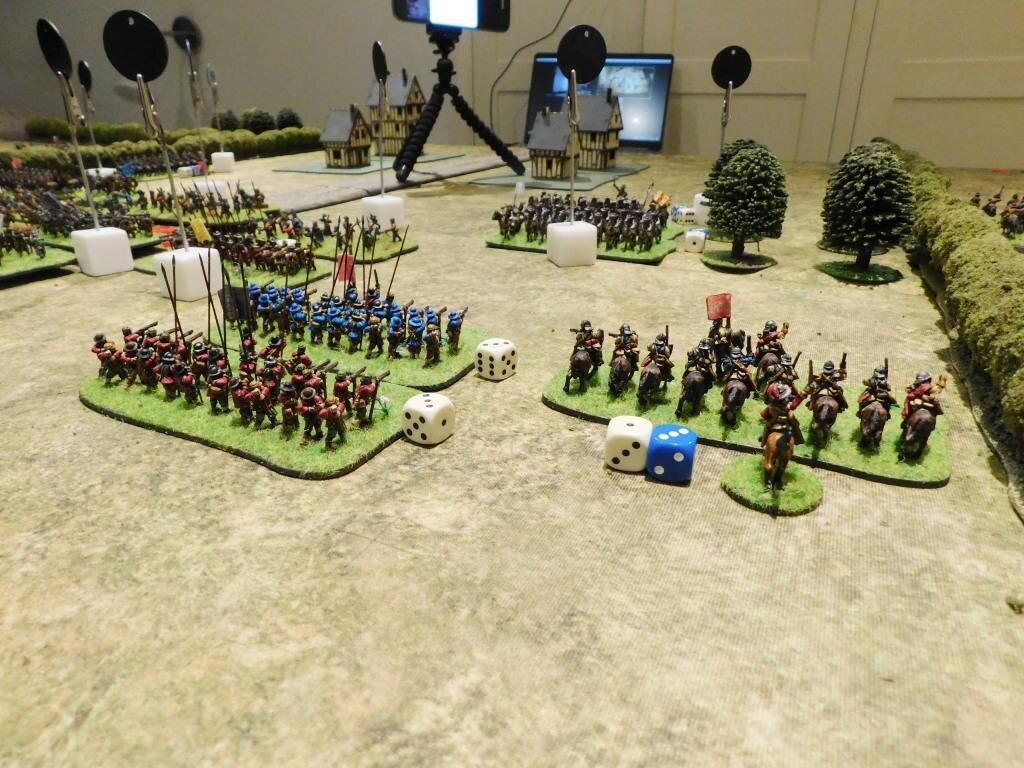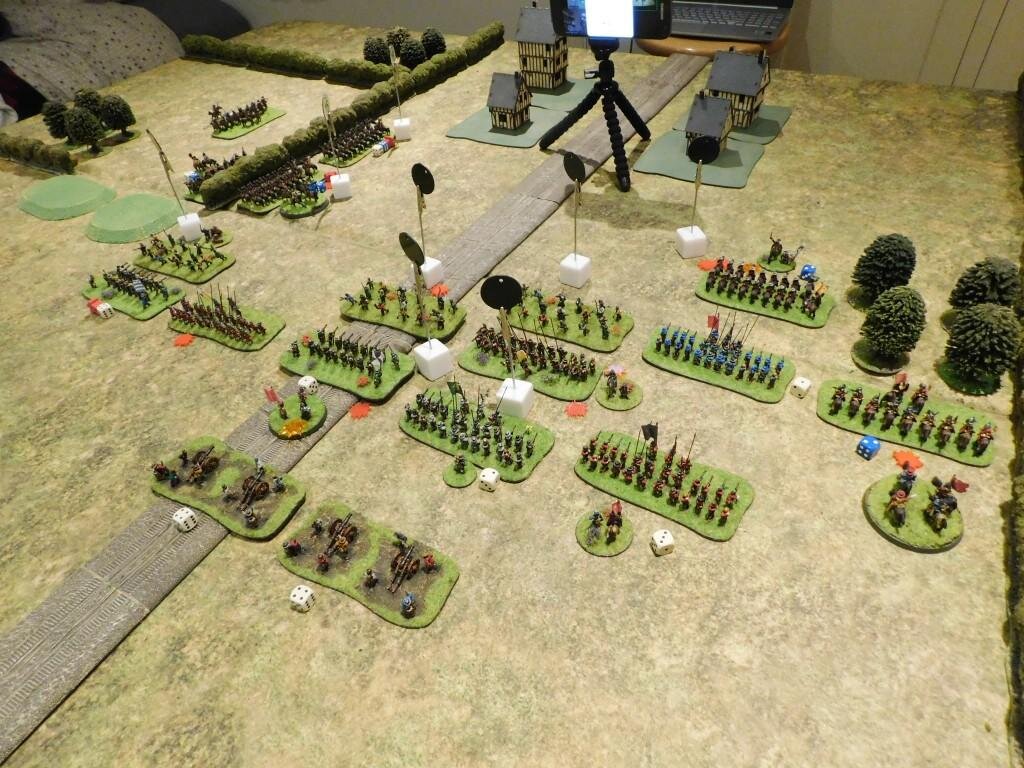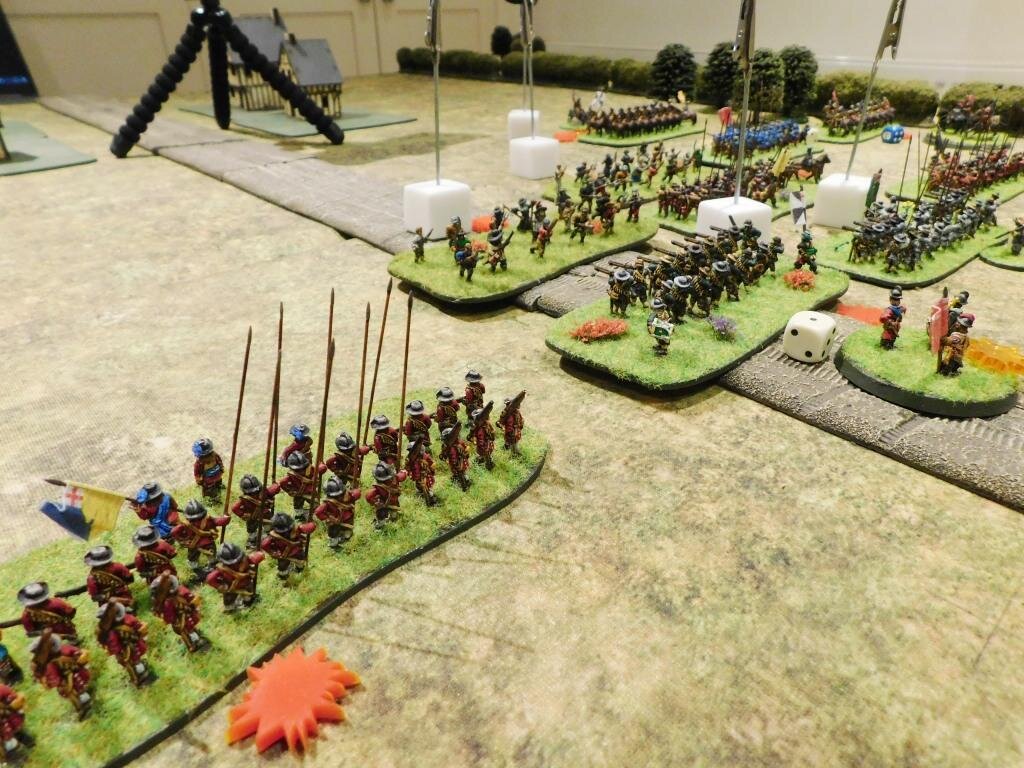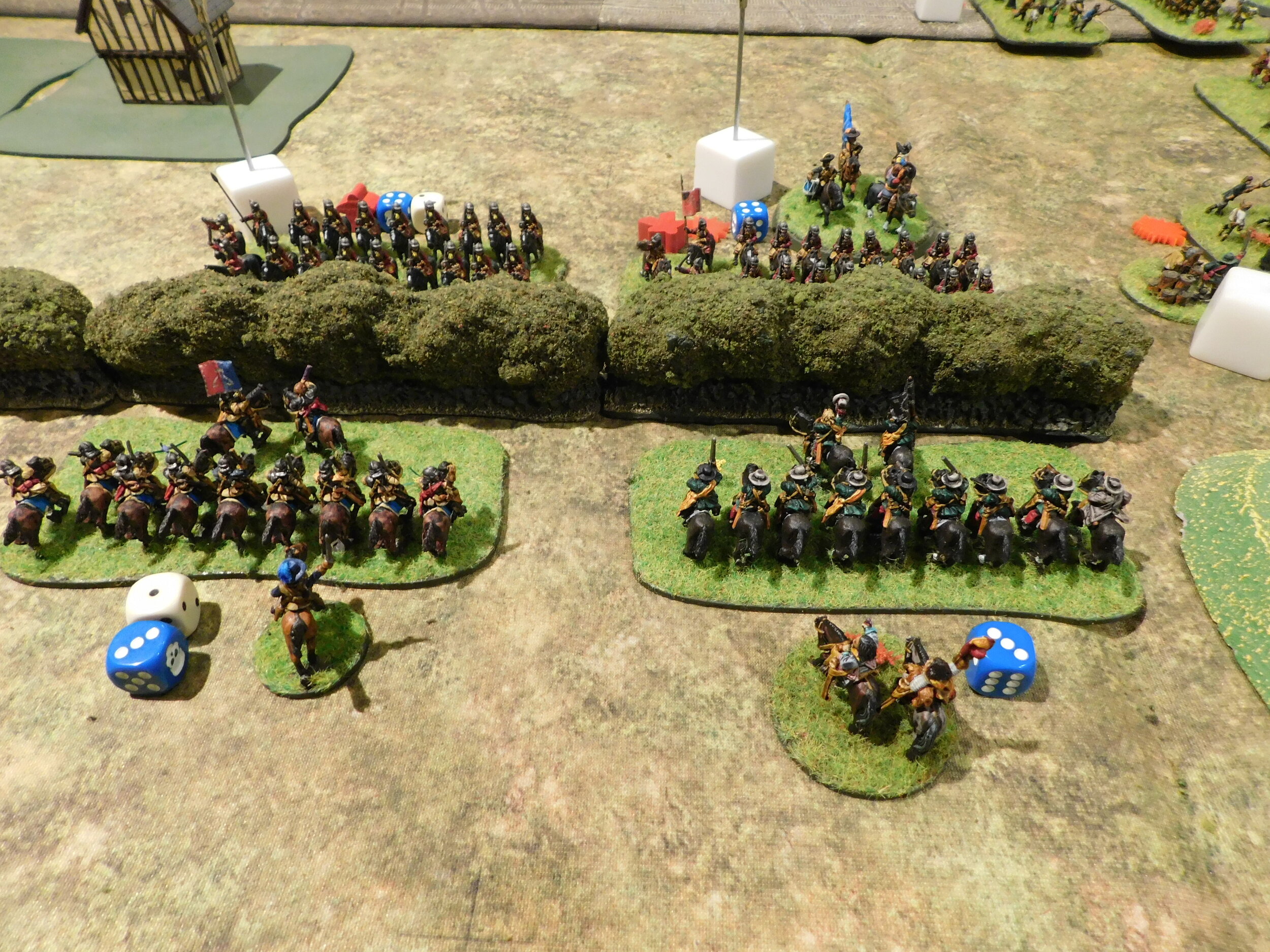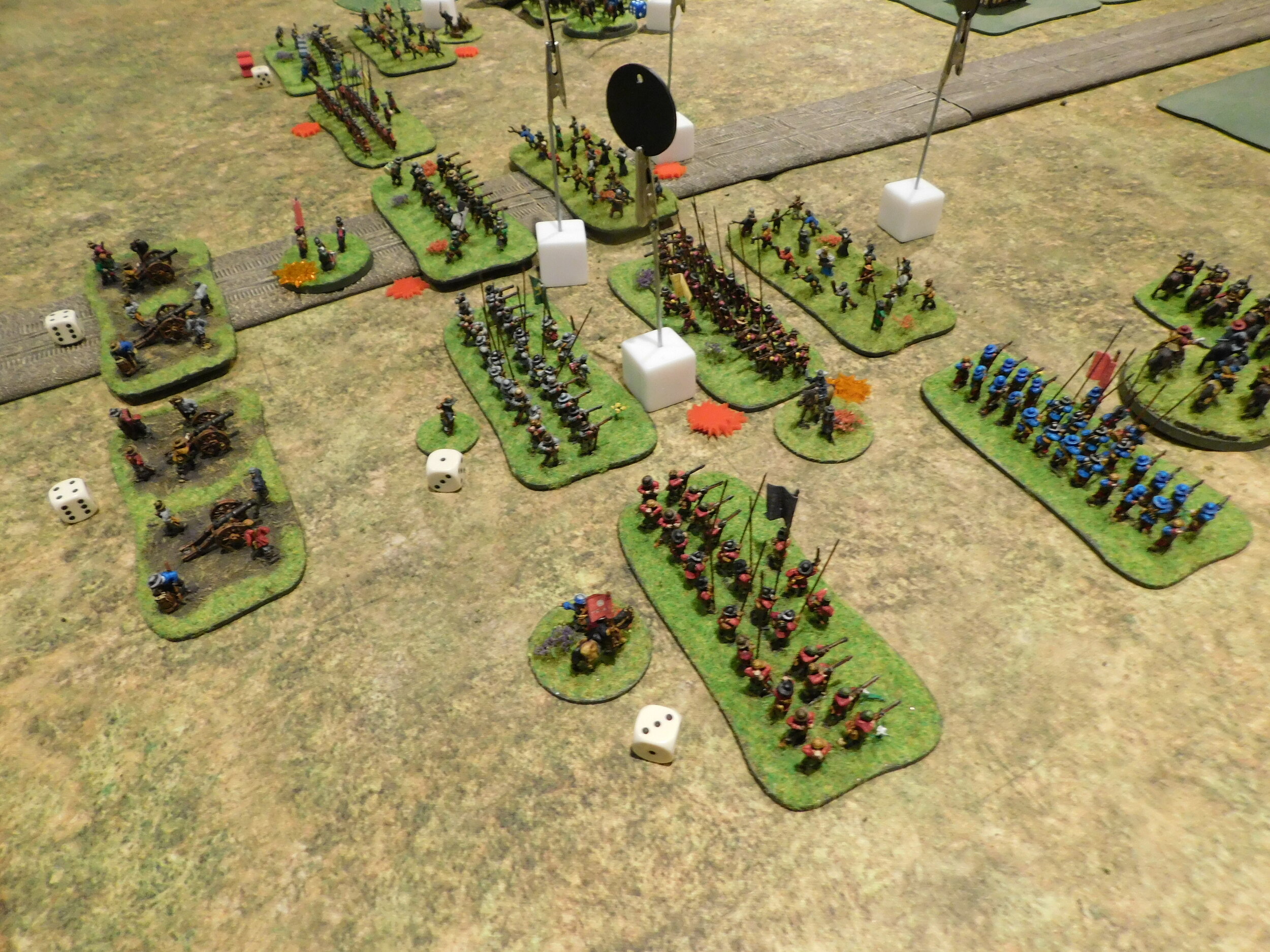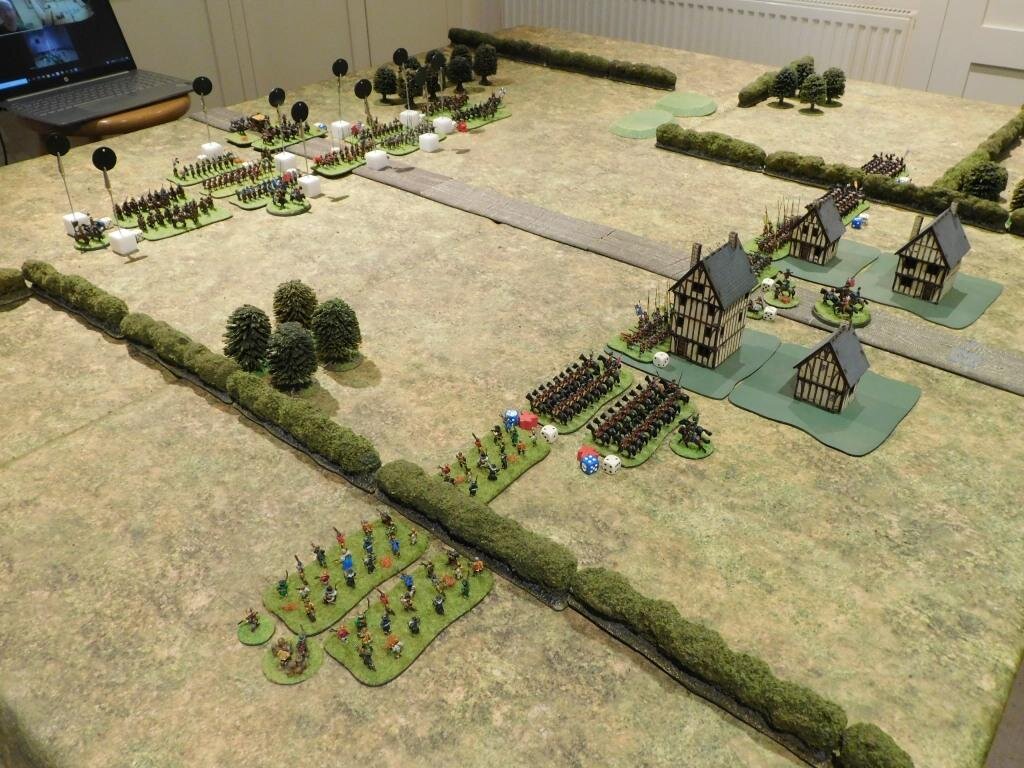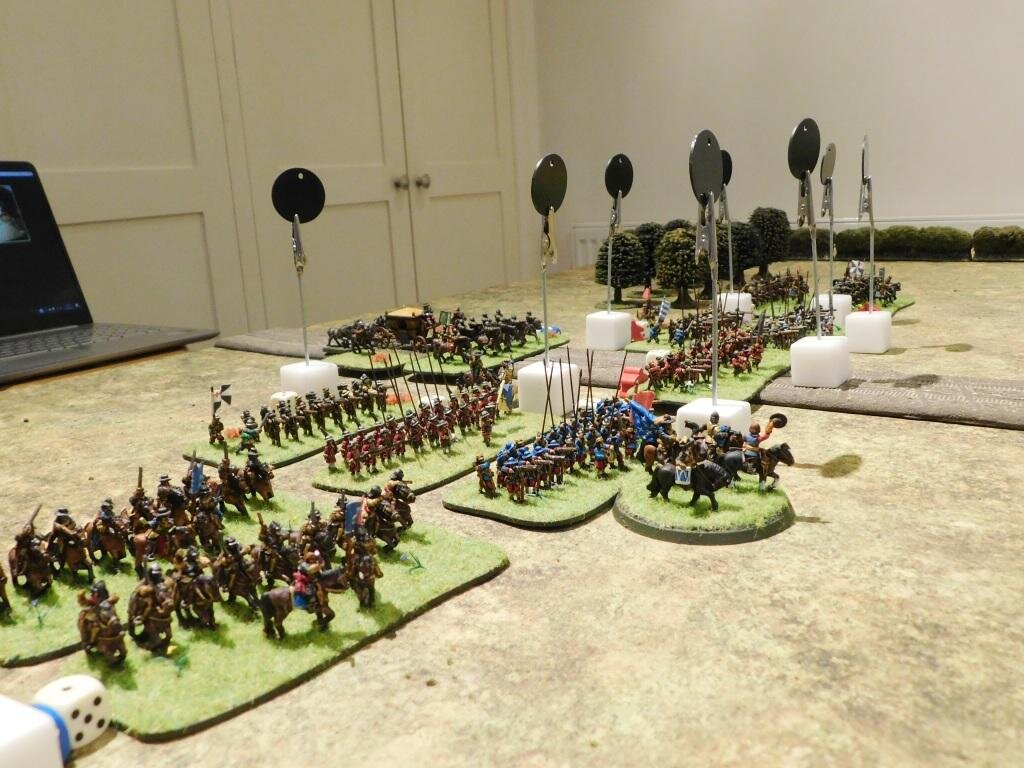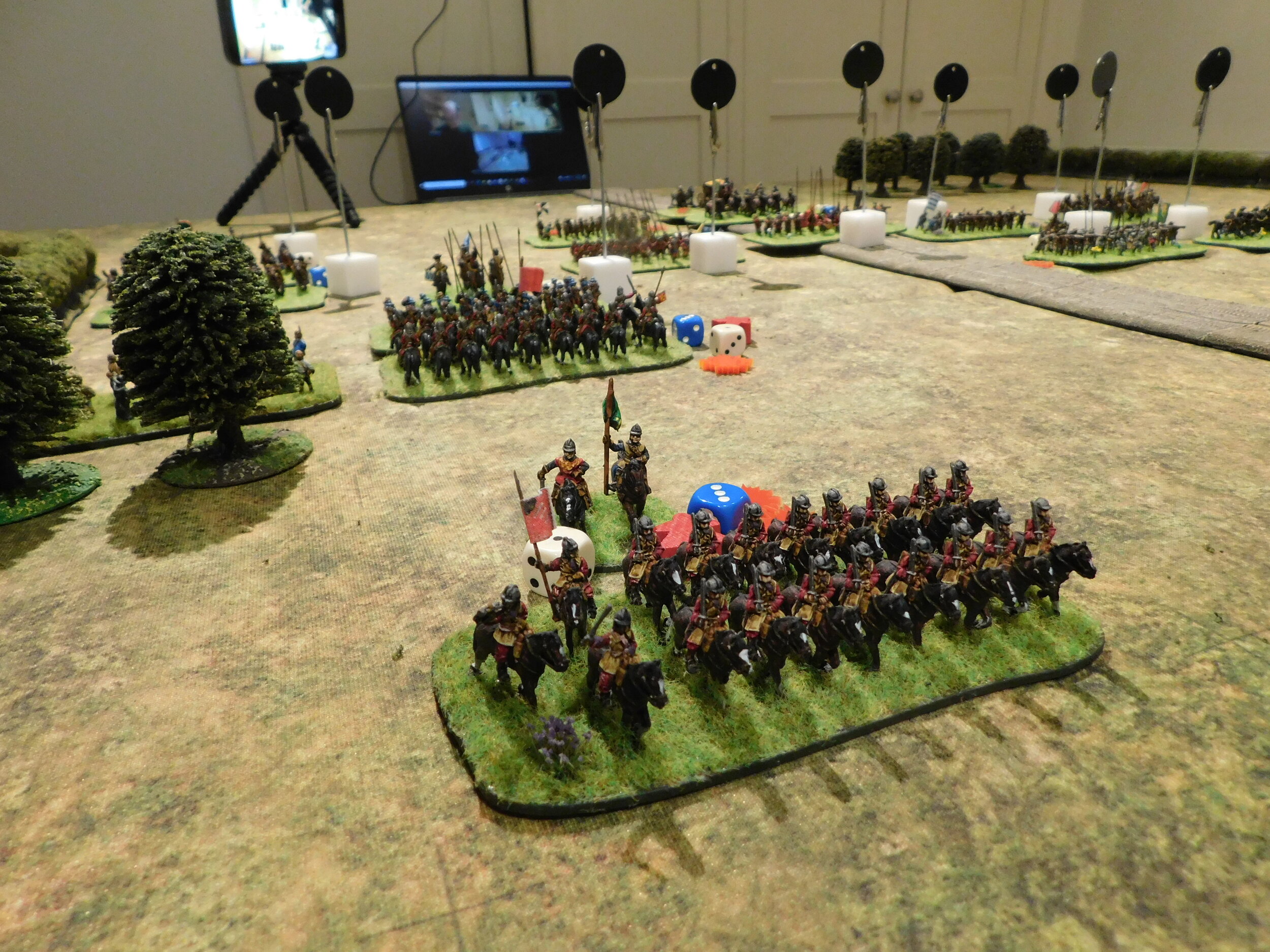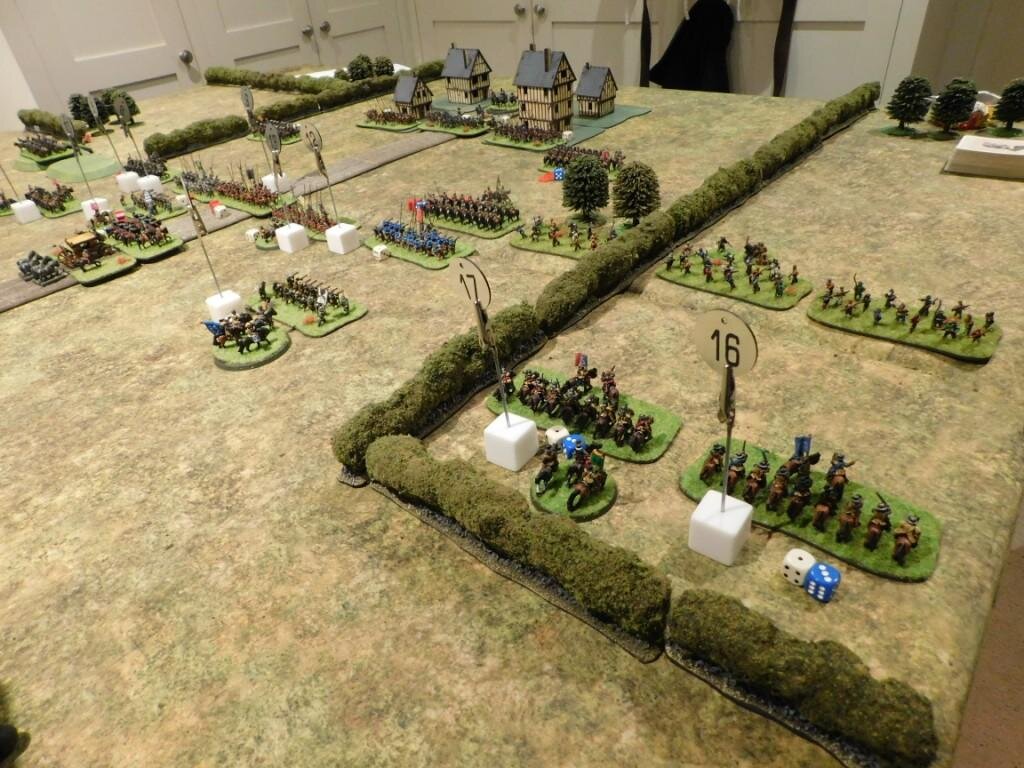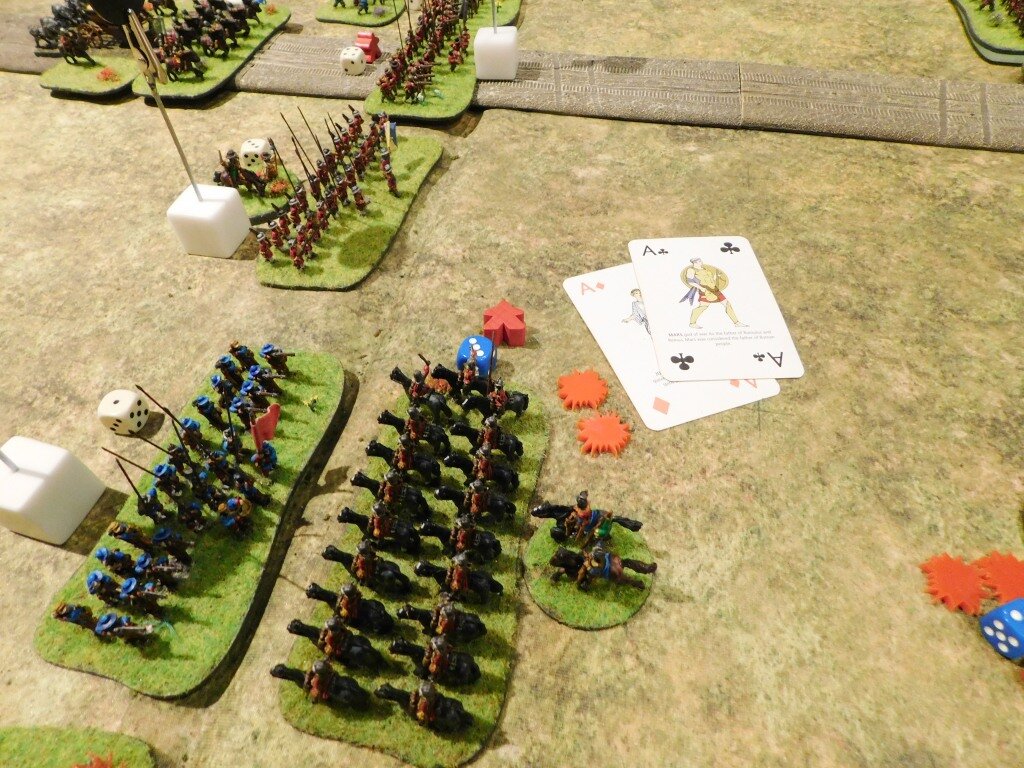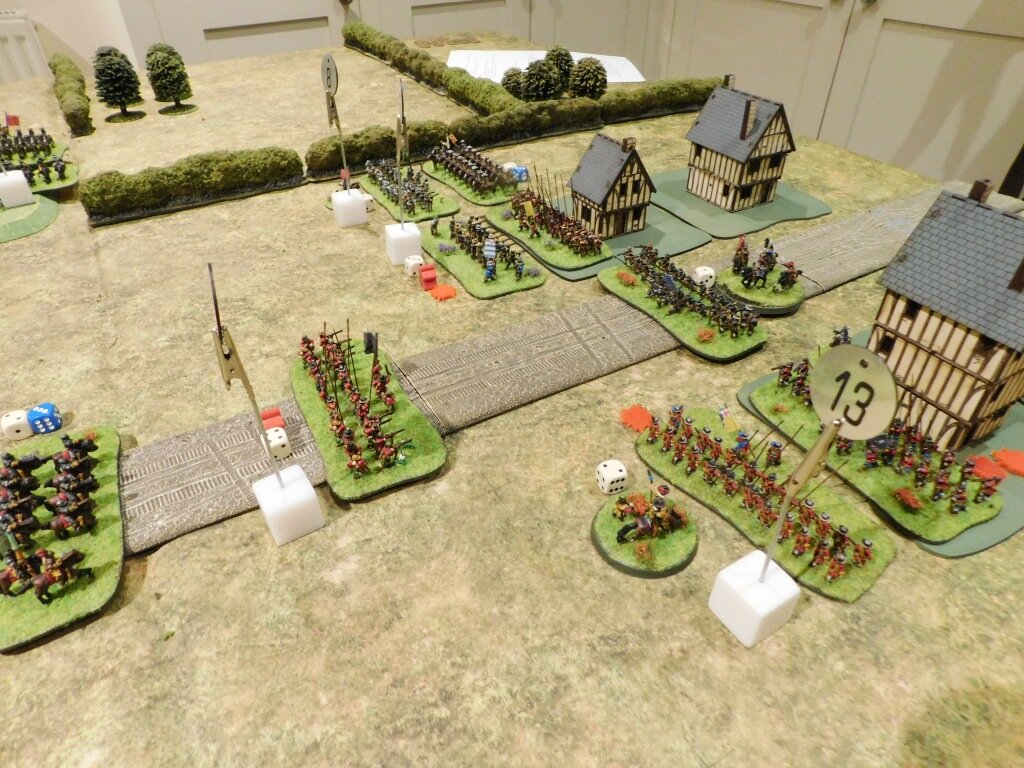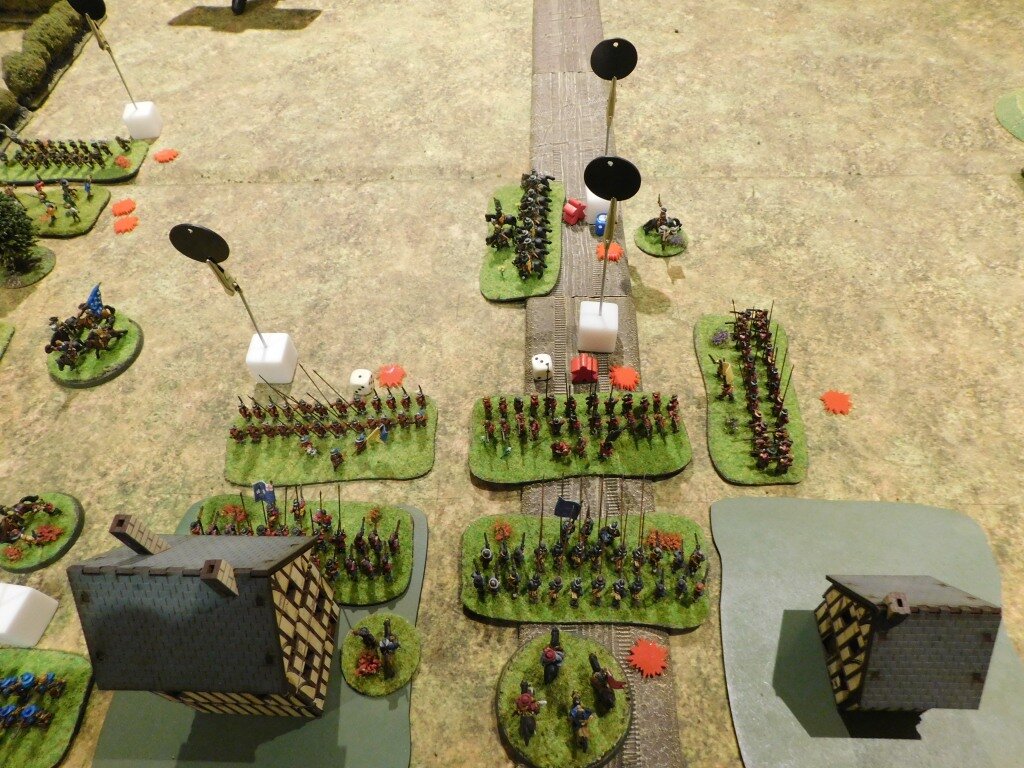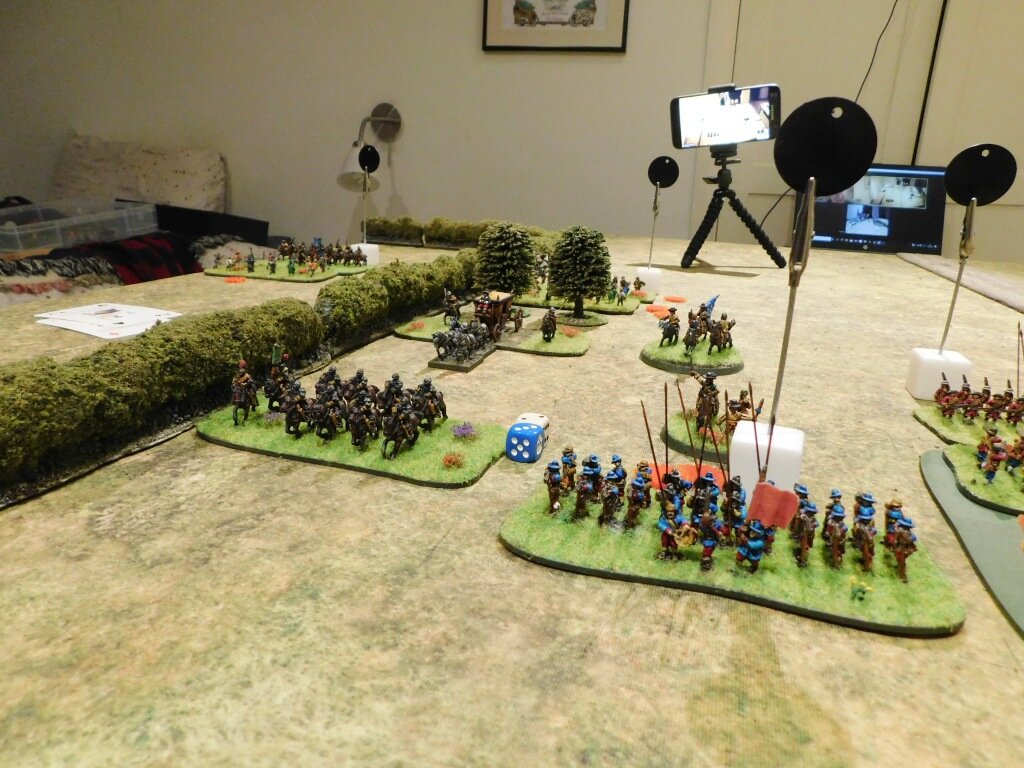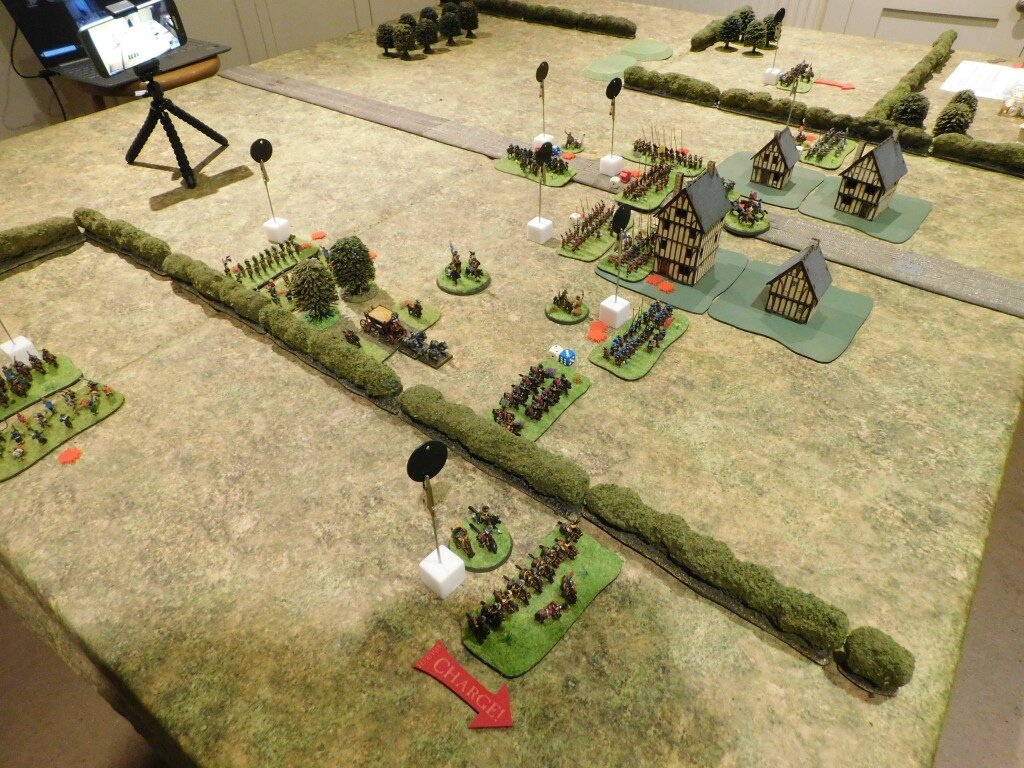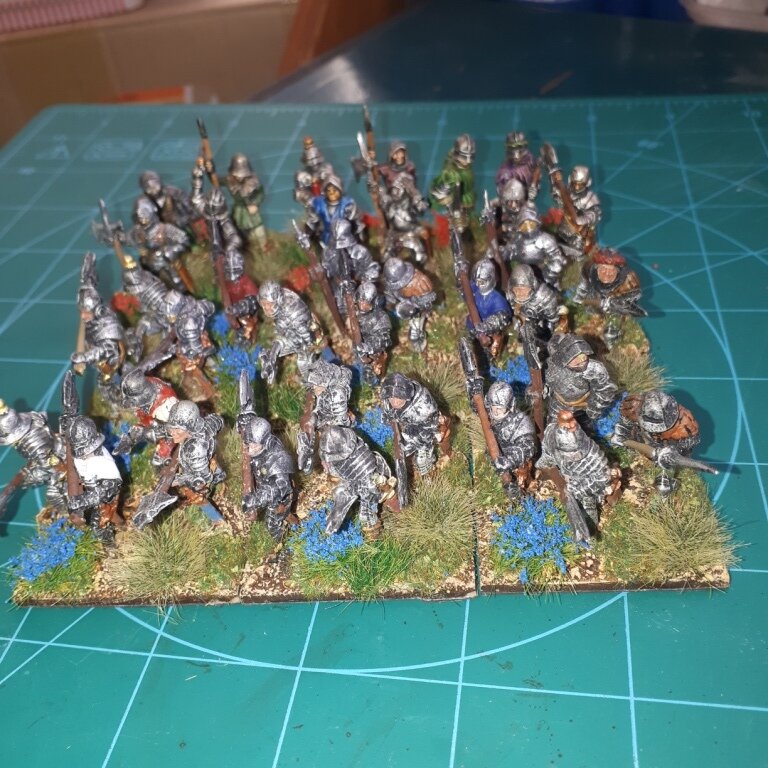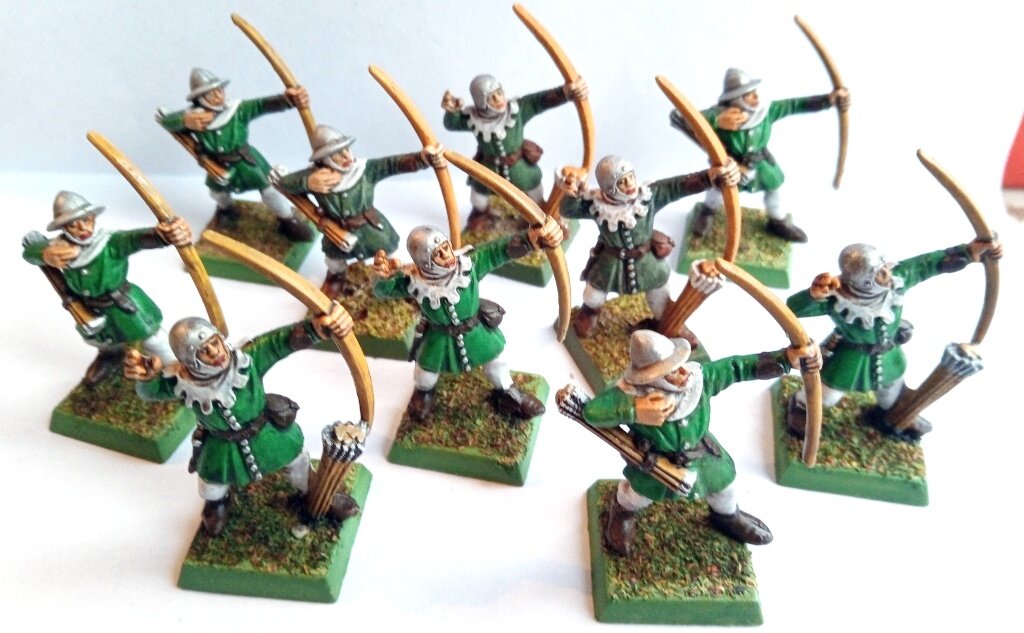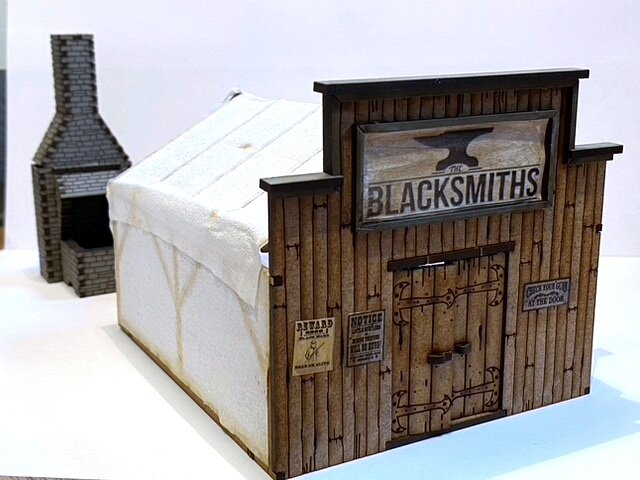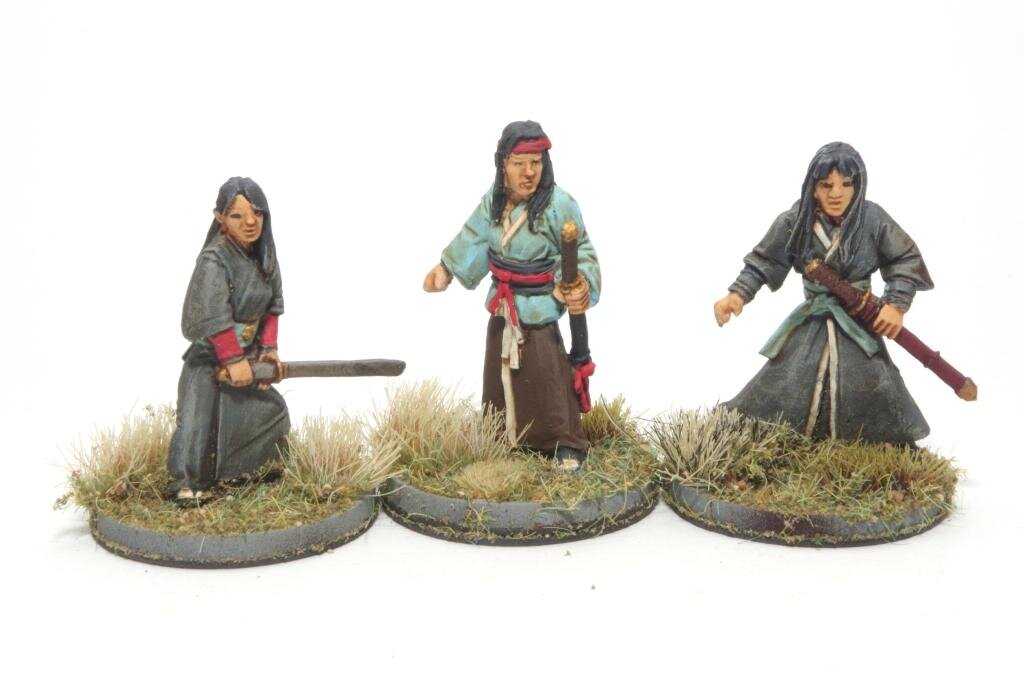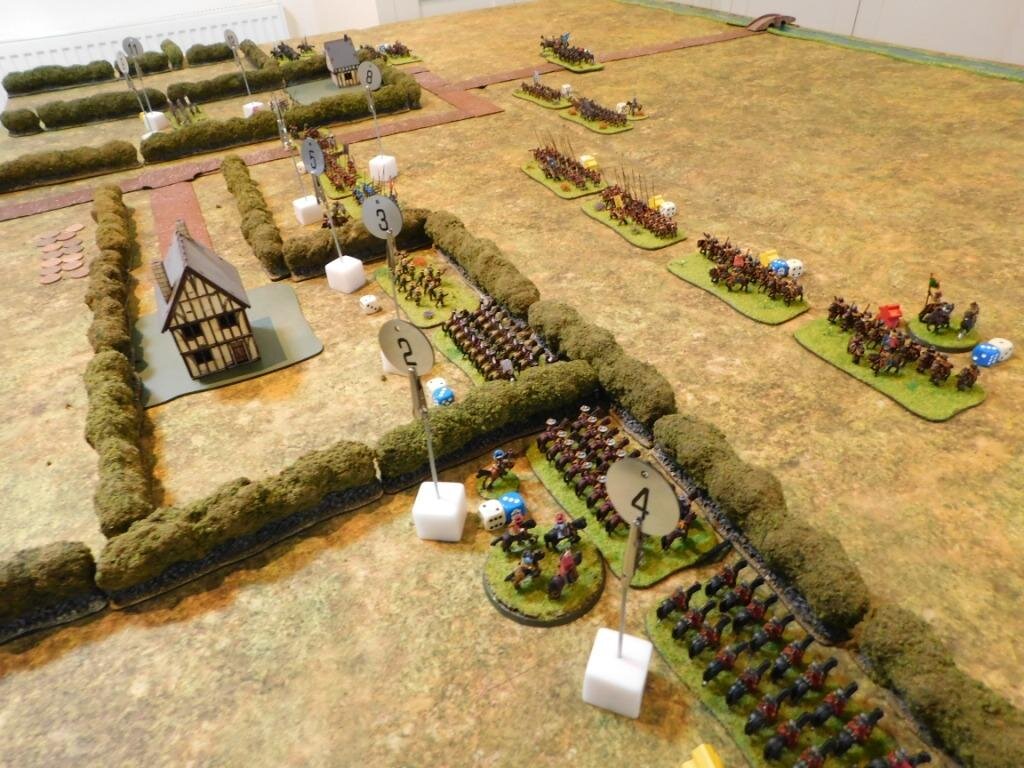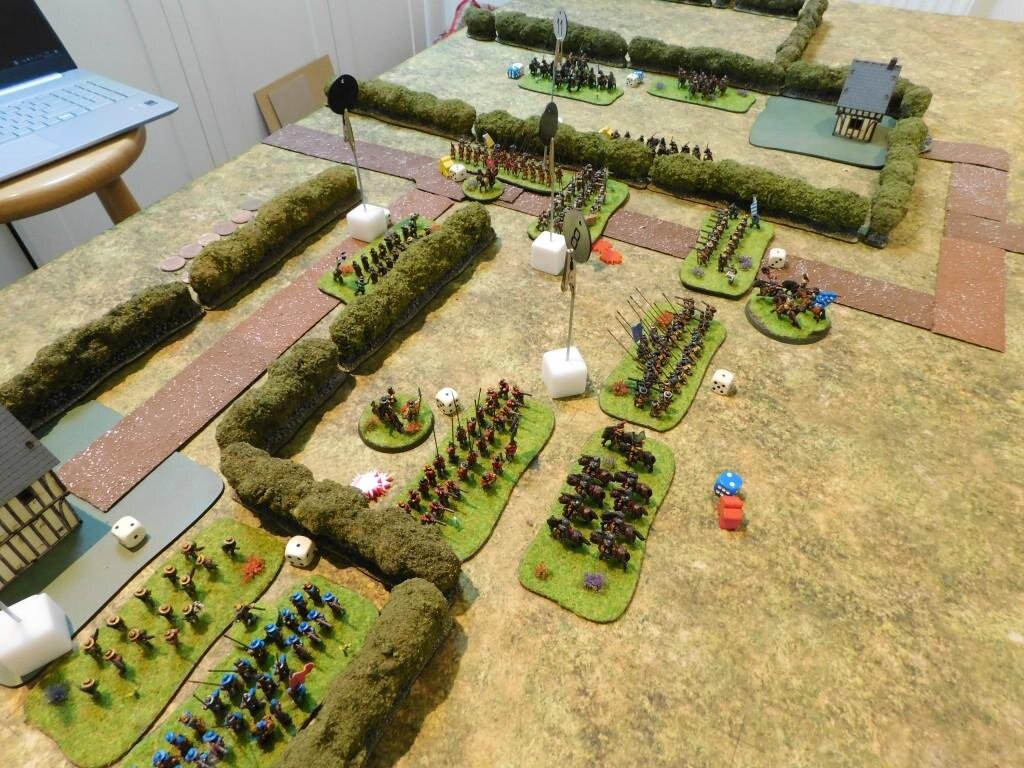TTS AAR: The Last Zoom Battle
/Regular visitors will know that last time I faced Bevan’s Galatians with my Marian Romans, things started well but finished very badly: one devastatingly bad turn (I blame the cards, my figures blame me) led to an absolute thumping for Caesar and his men. It was now time for the re-match in what, I hope, will be my last game over Zoom as we all return to face-to-face gaming.
The Galatians: eight warbands of deep, fanatical infantry and a couple of tasty cavalry units. More heroes than The Expendables.
The Marian Romans: six units of veteran legionaries, a unit of legionary cavalry, three units of lights.
Learnings
I had learnt three things from my last encounter.
Firstly, don’t fight right in front of your camps: you might need a bit of room to pull back and rally and the Galatians are bound to punch at least one hole in your line so you need to make sure that any (unwieldy) warbands that have got through the gap take a lot of time to take your victory-points-rich camps.
Secondly, don’t face your light cavalry off against their cavalry: use their comparative manoeuvrability to keep some of their warbands occupied.
Finally, use the comparative manoeuvrability of your legionary units to get a temporary two-to-one advantage wherever possible. You need to do three hits to break a warband, so to break a warband in one turn will need the attacks of at least two units.
Armed with these nuggets of undoubtedly game-winning information, I logged on to Zoom and prepared for battle.
The Game
I had the initiative so advanced my line forward as fast as possible. The Galatians did the same, but in a somewhat more raggedy manner: no nice, straight, Roman lines for these barbarians.
I protected my left flank against a cheeky cavalry lap around by keeping one of my legionary units back from the main line. This made it difficult for the extra cavalry unit (bottom, left in the left-hand picture above) to either get past the unit and into my rear or to threaten the flank of the main line.
On the other flank, my two light cavalry units (the Persian types with the sandy bases) faced off against the warbands positioned far out on the Galatian left, with my legionary cavalry bolstering the line of legionaries. I’ve no idea why one of my legionary units has hung back: perhaps I thought this might temp a charge from one of his and allow me a to-the-rescue flank attack!
The Two Lines Clash!
The two lines began to come together with a mighty clash!
Last game I had pussy-footed around with my legionaries and allowed the Galatians to recover from their advance and hit me in a nice straight line. This time, as you can see from the pictures above, I had advanced forward smartly myself and was in a situation where my main line could get an overlap on the (my) right hand side of the four warbands that had advanced slightly in front of the others i.e. I could get the 2:1 advantage I needed on one of his warbands.
This duly happened, and even better than I expected. My lagging legionary unit came forward and conformed with the main line, giving me six units: L/L/L/L/L/C. One of his central warbands came forward giving him a line of five units: C/W/W/W/W. I was, I admit, a bit lucky in that his other central warband hung back!
The five legionary units that matched up with a warband performed as expected, disordering but not breaking the Galatians in front of them, two being coming disordered in return, but the overlapping legionary cavalry then smashed the warband they overlapped from the field!
This punched a hole in the Galatian line which my cavalry then charged in to. Pausing only to eliminate a unit of light infantry with their javelins, they then charged forward and took the enemy camp. One turn and half the victory points I needed had been gained!
However, things weren’t going all my own way.
One of my legionary units was then broken by the Galatian warband in front of them; and another, as my cavalry couldn’t be in two places at once, had moved forward into open space. Now it was my three camps (a lot of VPs to lose) that was threatened. Fortunately, my light cavalry out on the right flank were keeping three warbands occupied, otherwise I was in danger of being swamped by numbers despite the fact that I had just broken another warband on the left.
Never fear: the legionary cavalry hadn’t finished their work yet!
Neatly reversing out of the Galatian camp, they headed back onto the battlefield and smashed into the back of another enemy warband. That shook the Galatian warriors badly enough so that a fast-manoeuvring legionary unit could also about face, hit them in the rear and send them fleeing from the field. Victory was mine!
It Worked!
Amazingly, my battle plan had worked!
I had managed to fight away from my camps, keep three of his warbands occupied with my light cavalry, and get a vital overlap at the initial point of impact. I had been lucky in that the Galatian advance had been a bit raggedy, but if I had hung back, as last time, then they would have had a chance to correct and hit me as one line.
Stars of the show were, undoubtedly, the Legionary Horse. Only the second time on the battlefield and a Companion-like performance. One warband destroyed, one light unit destroyed, the enemy camp taken, and then a rear charge to set up another warband for its almost immediate destruction. Laurel wreaths aplenty!
A great way to, hopefully, end my period of wargaming over Zoom. Not that it’s a bad way to game, but pushing lead face to face is always better!

















